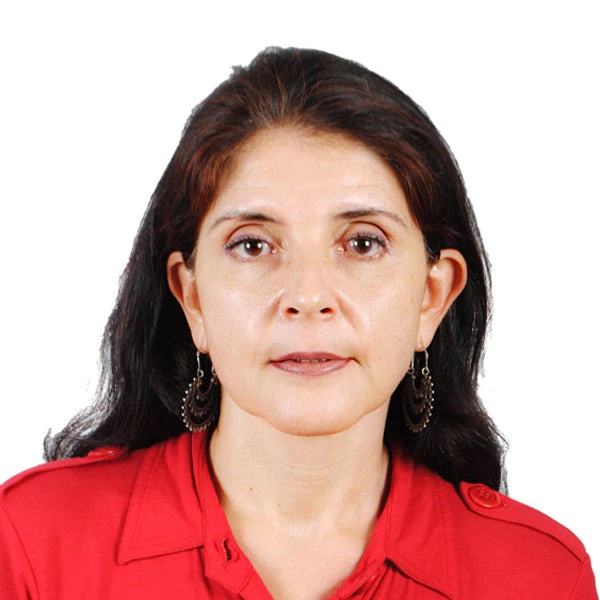 Woman cleans handrail at a mall in Taguig City, Philippines
Woman cleans handrail at a mall in Taguig City, Philippines
The current status of women in the Philippines is both a cause for optimism and a reason to accelerate efforts for promoting better access to jobs for all women. On several fronts, the Philippines is a best performer when it comes to gender equality in the East Asia and Pacific (EAP) region and even globally. In the latest Global Gender Gap report, the Philippines occupies the 17th place, with 78.4% of its overall gender gap closed to date. This performance is the second best in the EAP region, after New Zealand. A key driver behind the progress has been the Philippine Magna Carta for Women, a landmark law signed nearly 13 years ago seeking to eliminate discrimination against women.
With the impressive performance in closing key gender gaps, it is therefore striking that women’s labor force participation remains persistently low. At just 49%, the Philippines’ female labor force participation in 2019 was one of the lowest in the EAP region (regional average rate is 59%). In contrast, 76% of Filipino men were in the labor force, creating a massive gender gap. Progress towards closing the gap has been minimal and female labor force participation has remained roughly the same since 1990, with the gap shrinking by a mere 0.3 percentage points since 2015.
Women’s low labor force participation represents a missed opportunity for economic growth and increased prosperity in the Philippines. An increase of women’s labor supply by a mere 0.5 percentage points per year would increase gross domestic product (GDP) per capita by about 6% by 2040 and almost 10% by 2050.
In our recent report, Overcoming the Barriers to Women’s Economic Empowerment in the Philippines, we set out to better understand what is holding women back from the labor market and what is hindering the Philippines’ gain from the growth potential associated with women’s economic empowerment. We document that childcare and social norms about gender roles in the household play a critical role in holding back women’s participation in the labor market in the Philippines. The report adds to our research across the EAP region offering evidence on the linkages between constraints to women’s labor force participation and access to childcare services in Cambodia, Indonesia, Malaysia, Mongolia, Solomon Islands, and Vietnam.
What are the barriers to women’s labor force participation in the Philippines? We find four main answers:
Skills. Women who work are mostly concentrated in low skill positions (due to economic necessity) or high skill occupations (because of high rates of education). Women in low skill positions work to avoid falling further into poverty, whereas women in high skill occupations tend to select into the labor force with high earnings potential. Although many women work in private establishments or are self-employed, an important share (around 10%) of women are employed without pay in family-owned businesses and as domestic workers, occupations which tend to offer narrower avenues for skills development and career growth. Men on the other hand represent only 4% in these occupations. An important lesson from the COVID-19 lockdown was that more than a third of women (35%) who remained employed were able to work from home as compared to 19% of men. The pandemic has also opened some new working-from-home opportunities with industries such as business process outsourcing and e-commerce.
Wage gap. Women earn more on average than men, but women in low skill positions earn much less than men. In families with both men and women being low skilled workers, the household income will suffer significantly less if the female engages in unpaid work than if the man does. In low skill positions, the daily wage is over 50% higher for men than for women, whereas in high skill occupations, the daily wage is about 20% higher for women than for men.
Care responsibilities. The number of children reduces the likelihood of women’s employment. A large proportion of women are held back from productive employment opportunities by their family responsibilities and the concentration of women in high-skill positions declines considerably when they have young children. Having been married and having a young child aged 0 to 2 years old decreases the probability of women’s participation in the labor market by 7-14 percentage points. The presence of domestic help reduces this negative effect, reflecting how economic inequalities reinforce gender disparities.
Norms. Attitudes and beliefs about women’s roles and responsibilities decrease the probability of women’s engagement in the labor market by 14 to 22 percentage points (ISSP Family and Changing Gender Roles Survey and World Values Survey). According to our 2021 nationally representative survey on women’s work and childcare, 75% of male and 80% of female respondents agree that a man’s job is to earn money and a woman’s job is to take care of the family and home. More than 70% of men and 76% of women believe that the emotional and psychosocial development skills of a preschool child suffers with a mother working outside the home (a belief that stands in contract to global research see for example Devercelli and Beaton-Day 2020). Moreover, willingness to use childcare services is limited, with over 95% of both men and women believing that childcare should be provided by family members.
What can the government do? We discussed policy recommendations at a recent roundtable between the World Bank, the Philippines Commission on Women, National Economic and Development Authority, the Department of Education, and Oxfam Philippines. Key outcomes were that findings highlight the need for policies and programs that increase female labor force participation in the Philippines by i) providing alternatives to childcare in the home; ii) promoting policies supporting flexible work arrangements, including work from home and e-commerce, such as amendment of the Telecommuting Act (Republic Act 11165); and iii) addressing gendered social norms that affect women’s participation in the labor market through media campaigns, behavioral and attitude change interventions that influence opinions about masculinity, gender roles, earlier childhood development, legislation and company policies that equally promotes parents to engage in care responsibilities.
“We keep gender equality front and center in our work,” according to Ndiame Diop, the World Bank’s Country Director for the Philippines, Malaysia and Thailand. The World Bank is committed to supporting the Philippines, and one of the priorities of the World Bank’s Philippines FY20-24 Country Gender Action Plan is to increase women’s access to paid labor.



Join the Conversation